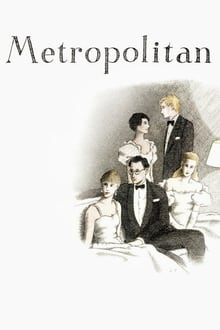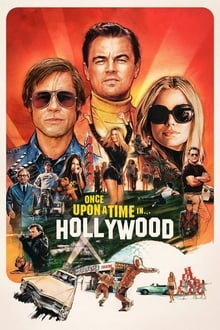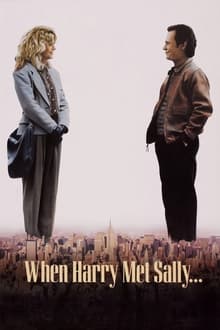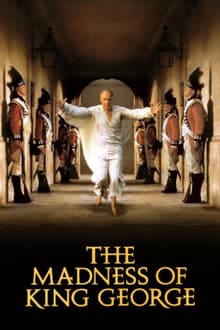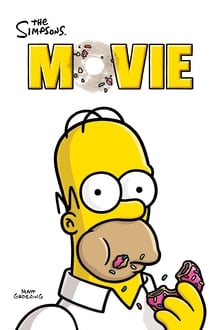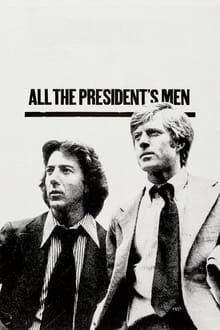Overall Rating
Combines user and critic ratings from four sources

During Republic of China, Wuqing Troupe and its famous actor Jin Xiaotian were about to perform "Farewell My Concubine". Accidents happened one after another, fates of various characters were linked together by mistake....
During Republic of China, Wuqing Troupe and its famous actor Jin Xiaotian were about to perform "Farewell My Concubine". Accidents happened one after another, fates of various characters were linked together by mistake....
The film is explicitly designed to align with and promote the Chinese government's agenda of centralized control and nationalistic themes, which are core tenets of an authoritarian right-wing ideology.
The movie is assessed as having light DEI. Its casting is considered traditional within the Chinese context, primarily featuring the mainstream ethnic group. The narrative may offer subtle critiques of societal issues, but avoids explicit negative portrayals of traditional identities due to censorship constraints.
The film 'Xi Tai' does not feature any identifiable LGBTQ+ characters or themes. Its narrative centers on political satire and the struggles of a Chinese opera troupe during a turbulent historical period, without any mention of queer identities or storylines.
The movie does not contain any action or adventure elements.
The film portrays traditional Chinese opera roles, including female 'dan' characters, which were historically played by male actors. However, the film respects these roles as cultural portrayals, and there is no indication that any character's established gender from source material or history has been changed.
The film is set in early 20th century China with all characters and cast explicitly stated to be Chinese, authentically reflecting the historical and cultural context. There is no indication of any character being established as a different race in prior canon or history, nor any portrayal that deviates from their established Chinese ethnicity.
Combines user and critic ratings from four sources






